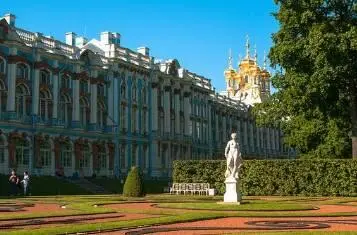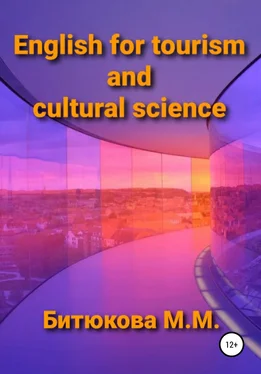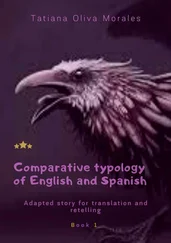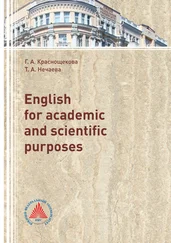After 1932, when the cathedral was closed, the building housed the Museum of the history of Religion and Atheism. In 1991, services have been resumed. Now it is an acting Orthodox church.
Open: daily.
Kunstkammer
It is the oldest state museum in Russia. It was founded in 1704 as the library and collections of "monsters and rarities" gathered by Peter I.
In 1992, the Kunstkammer became an independent museum and research institute within the Department of History of the Russian Academy of Sciences. The museum has kept its original title – "Kunstkammer" (translating from German – "chambers of curiosities") – and has the name of Peter the Great given to it in 1903. Today its complete name is: Peter the Great's Museum of Anthropology and Ethnography (Kunstkammer) of the Russian Academy of Sciences.
Open: Tuesday-Sunday from 11.00 am to 4.30 pm. (except last Tuesday of each month) .
Cruiser Aurora
The cruiser Aurora was built in 1897-1900 by the "New Admiralty" in St. Petersburg and joined Russia's Baltic fleet in 1903. The ship is 126.8 meters (418 feet 5 inches) long, 16.8 meters (55 feet 5 inches) wide and weighs 7600 tons. With the speed of 20 knots (23.3 miles per hour) it can travel independently for up to 1440 nautical miles.
As the training ship of the Baltic fleet, on the night of October 25-26, 1917, the Aurora fired a blank shot at the Winter Palace (then the residence of the Provisional Government), giving the signal to the rebellious workers, soldiers and sailors to storm the palace. That moment changed Russia's history for over 70 years.
In 1952 the cruiser was turned into the Ship Museum, which became the branch of the Central Naval Museum. In 1992 Saint Andrew Naval Flag raised over the Cruiser Aurora.
The Aurora exposition features over 500 original documents, photographs, and ship objects concerning the cruiser's history and its participation in Russian history. For those who wish there are thematic excursions of the underwater cruiser part and machine-boiler sector.
Open: Tuesday-Thursday, Saturday-Sunday from 10.30 am to 4.00 pm.
Museums (in the countryside)
Peterhof, modern name is Petrodvorets(by bus, with a guide/interpreter; duration – 6 hours).
The Grand Palace of Peterhof stands on the hill. Two parks which surround it received the names Upper & Lower ones. The most famous part of this ensemble is Lower Park. With its 173 fountains it makes a strong competition to French Versailles.
On the territory of Lower Park you can find three monumental fountains, one of them comprising the famous Samson – "Samson, tearing apart the jaws of the lion". The whole composition of the fountain complex is devoted to the victory over Sweden. Samson symbolizes Russia defeating Sweden – the lion. The Great Cascade is decorated with gilded statues of ancient Greek and Roman gods and heroes, which all are allegories of different events of the Northern War.
Since the time of Peter the Great remained the so-called joke-fountains – a fun for kids and adults. For example, a calm park bench. Once you sit on it, the jets of water pour over you! There are 5 types of joke-fountains, all different and unique.
Fountains start to work on the last weekend of May and are closed around the middle of September. The exact dates are different from year to year.
There are 8 museums on the territory of the park.
Open: daily except Mondays and last Tuesday of each month, from 10.00 am to 5.00 pm.
Lower Park (fountains) is open daily, from 10.00 am to 6.00 pm.
Gatchina(by bus – with a guide/interpreter; duration – 6 hours).The palace and park complex of Gatchina, a town located 45 km south-west of St. Petersburg, is an outstanding example of eighteenth-century landscape architecture. The palace for Catherine II’s favorite, Count Orlov, built in the Early Classical Style upon the project of Antonio Rinaldi between 1766 and 1781, was enlarged by Vincenzo Brenna in 1796 – 1798, and reconstructed by Roman Kuzmin between 1845 and 1860. It had about 600 rooms, a theatre, and many works of art, and was also surrounded by a fine park. Upon Orlov’s disgrace the palace passed to Catherine's son, Paul I, who transformed it into a combination of palace, fortress, and barracks. Although badly damaged during World War II, the palace was restored and is now a museum. The modern city is a railway junction, with machine building, metalworking, and light industries.
Gatchina Palace is opened: 10.00 am – 5.00 pm.
Closed: Monday and last Tuesday of each month.
Tsarskoye Selo (Pushkin)(by bus – with a guide/interpreter; duration – 6 hours).
Tsarskoye Selo (formerly known as Pushkin) is one of St. Petersburg's numerous Imperial estates. Located just 25 kilometers south of the city, the estate boasts a large landscape park, dotted with architectural follies, and centered on the magnificent blue, white and gold Catherine Palace. Named after its creator, Empress Catherine, the second wife of Peter the Great.
Catherine Palace houses some beautiful Baroque interiors, including the luxurious Grand Hall, a long, gold, mirrored ballroom. The Palace also boasts a unique Amber Room, whose priceless amber panels were stolen by Nazi troops during World War II, but which are now being painstakingly recreated by Russian craftsmen.
Another of Tsarskoye Selo’s major attractions is the Lyceum, located on the edge of the estate. Founded at the beginning of the 19 thcentury and remarkably well-preserved, the Lyceum was a boarding school that once taught the most celebrated of all Russian poets, Alexander Pushkin. The Lyceum was created specifically to educate members of the Russian ruling elite and prepare them for careers in government service. Visitors to the Lyceum are allowed access to its well-preserved classrooms, library, student bedrooms and much more.
Open: 10.00 am – 5.00 pm.
Closed: Tuesdays and last Monday of each month

Pavlovsk(by bus – with a guide/interpreter; duration – 6 hours).
Just a few miles away from Pushkin lies the Imperial Estate of Pavlovsk, the residence of Emperor Paul I, the son of Catherine the Great. The estate’s magnificent palace sits on hill overlooking an English-style landscaped park, with a beautiful river running through it.
The Grand Palace was built by the Scottish architect Charles Cameron between 1782 and 1786 in the general style of an Italian villa. Initially meant as a private home for Paul and his wife Maria Fedorovna, the estate was later given an Imperial facelift when Paul ascended the throne after the death of Catherine the Great in 1796.
The Palace’s interiors reveal a multitude of artistic and architectural influences and include an Egyptian Vestibule, the Italian Hall under the main Palace dome, featuring classical Roman sculptures, a Greek Hall filled with luxurious French furnishings and Paul's War Hall, demonstrating his fascination with all military things.
Open: 10.00 am – 5.00 pm.
Closed: Fridays and the first Monday of each month
Theatres
Mariinsky Theatre,founded in 1783, is situated on Theatre Square. It is considered second in importance among Russia's theatres, after the Bolshoy Theatre in Moscow.
Ballet, opera and drama troupes have all performed on this stage (the drama troupe has become independent in 1803). The famous Russian ballet dancer A.I.Istomina, to whom Pushkin has devoted poetry, also danced here. In 1836 M.I.Glinka's opera "Life for the Czar" (or "Ivan Susanin", as it was renamed after the revolution) premiered here, and this event has marked the beginning of classical Russian opera.
Читать дальше













